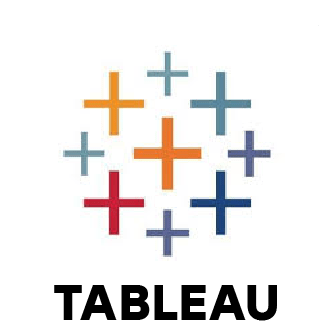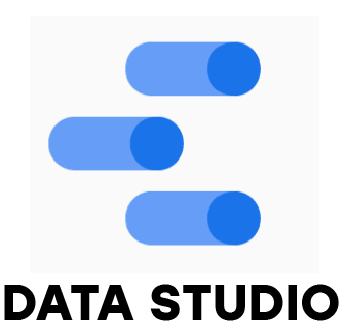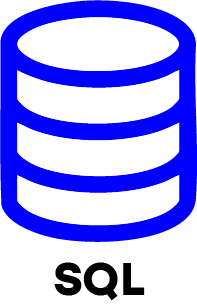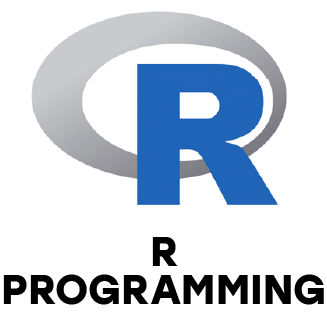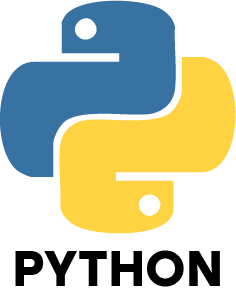1. Which tools do data analysts often use?
Ans:
Data analysts commonly use Excel, SQL, Python, R, Power BI, and Tableau to analyze, clean, and visualize data.
2. What do you do when some data is missing in a dataset?
Ans:
Either remove the missing values, fill them in with an average or guessed value, or use tools to predict the missing data based on other information.
3. What is the difference between a database and a data warehouse?
Ans:
A database stores current data for daily use. A data warehouse are stores large amounts of historical data for reporting and analysis.
4. Why is cleaning data important in analysis?
Ans:
Clean data gives accurate results. If the data is messy or wrong, the analysis will also be wrong.
5. What is data normalization and why do we need it?
Ans:
Normalization means organizing data properly in a database to avoid repeating information and make data easier to manage.
6. How do you make a pivot table in Excel?
Ans:
You select your data, go to the “Insert” tab, and click on “Pivot Table.” Then you drag fields to rows, columns, and values to see summaries.
7. What is a SQL join, and what types are there?
Ans:
A join in SQL connects data from two or more tables.
- INNER JOIN
- LEFT JOIN
- RIGHT JOIN
- FULL JOIN
8. What is data visualization and why is it useful?
Ans:
It means showing data using charts and graphs. It helps people understand patterns and trends easily.
9. How do you check if your data is correct (data validation)?
Ans:
Set rules or limits to make sure the data is accurat for example, checking that age is a number or dates are not in the future.
10. What does data modeling mean?
Ans:
It’s the process of designing how data will be stored, connected, and organized in a system, like making a blueprint for the data.







